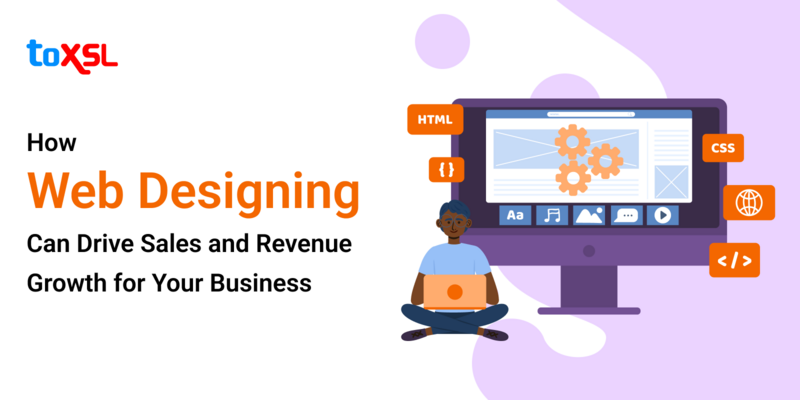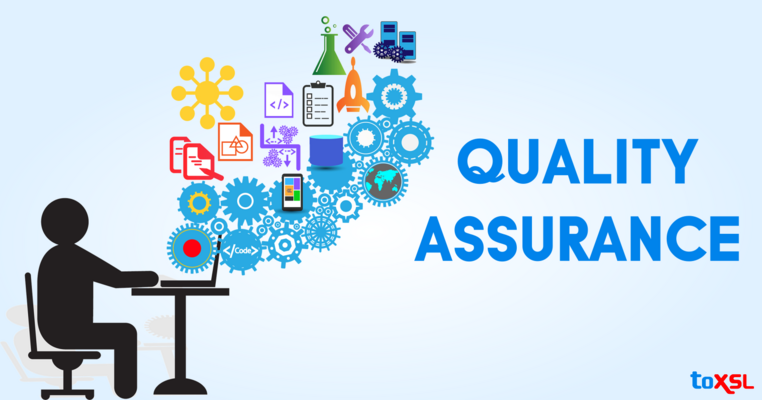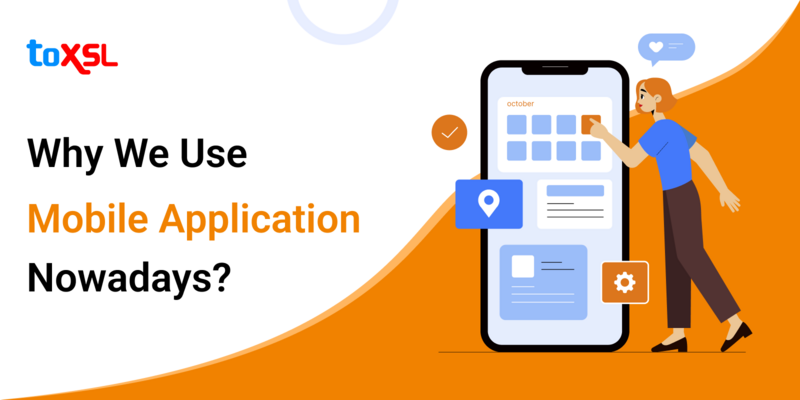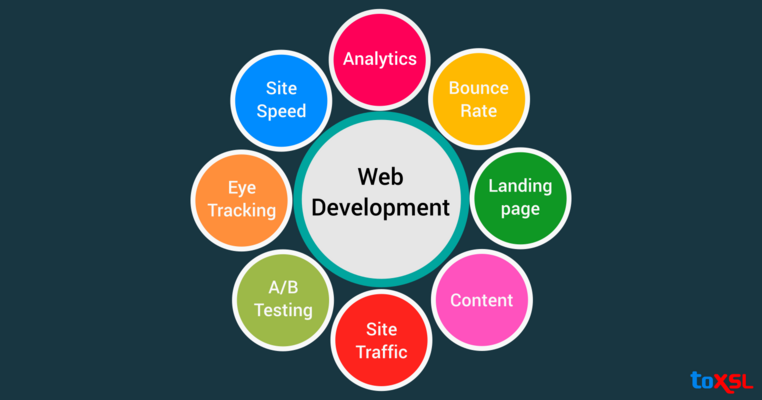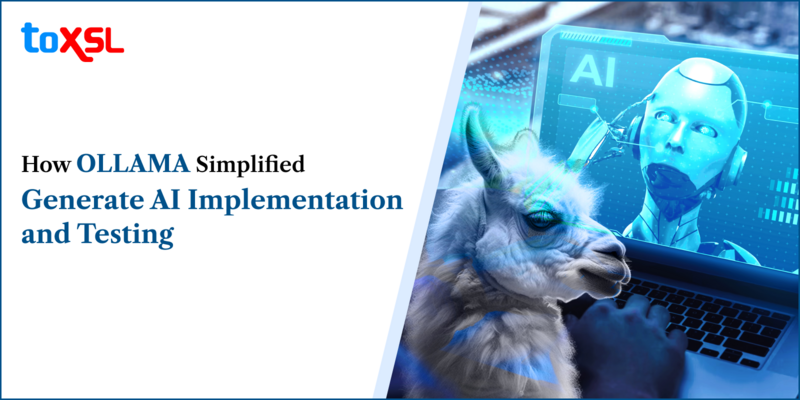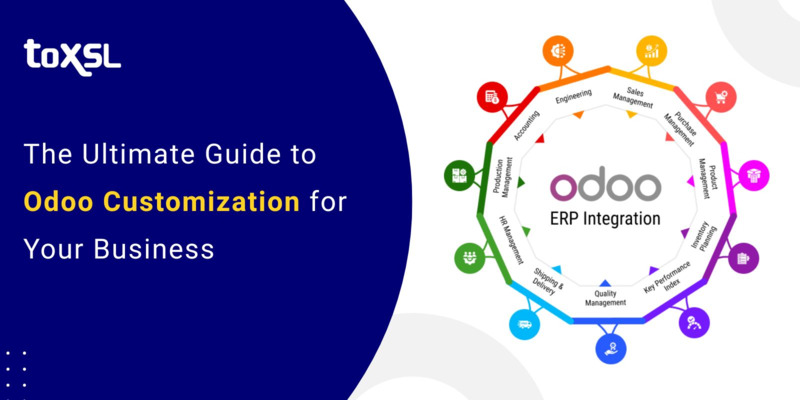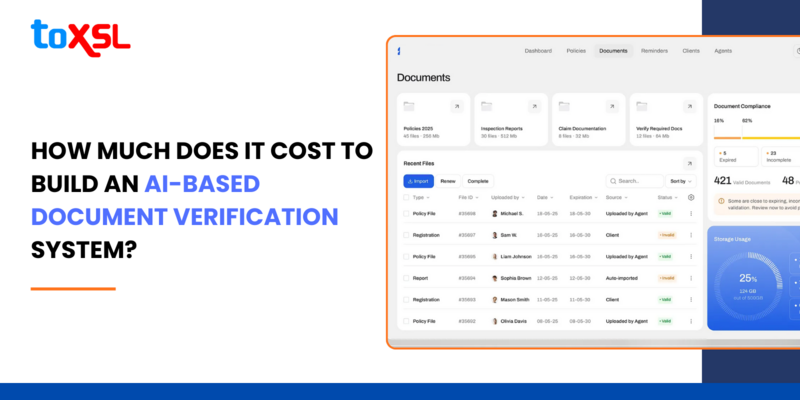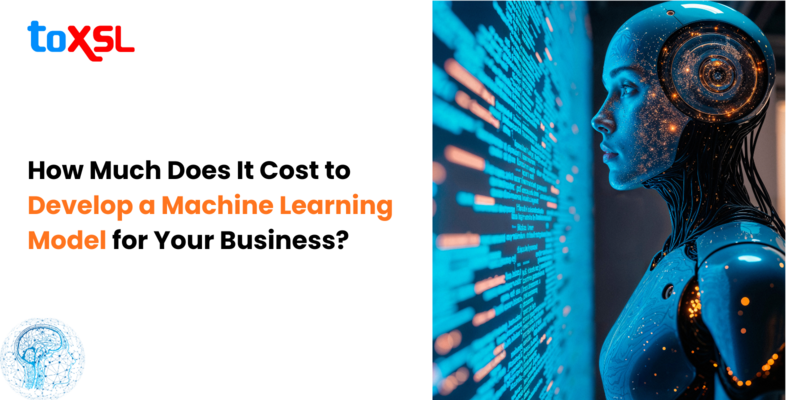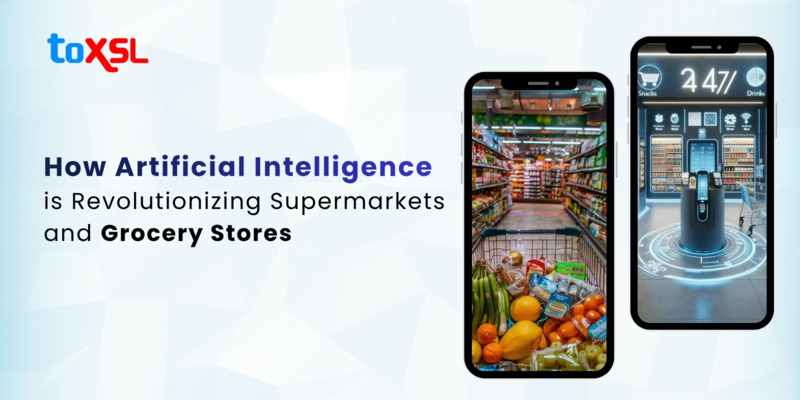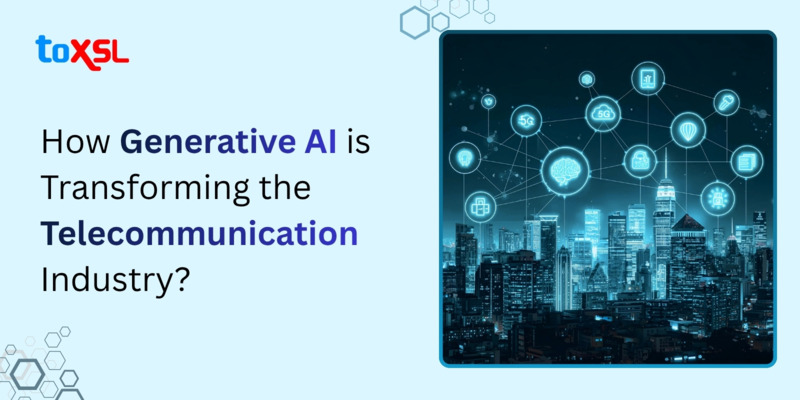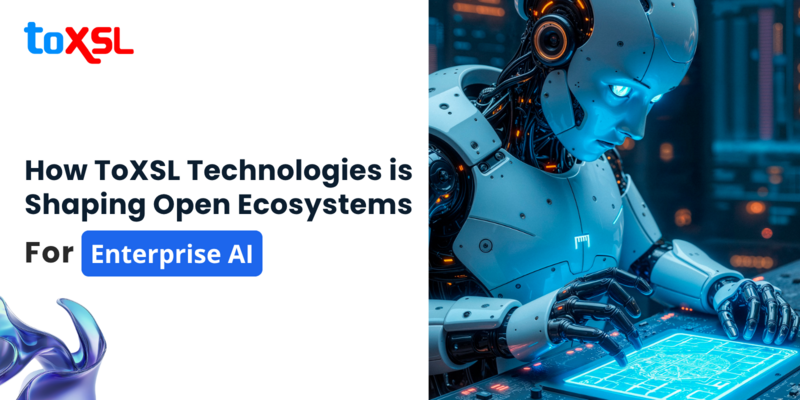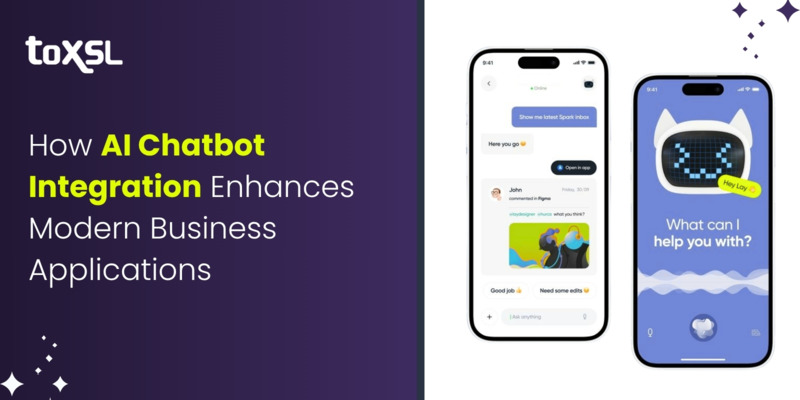- Aug 05, 2025
Share this post on:
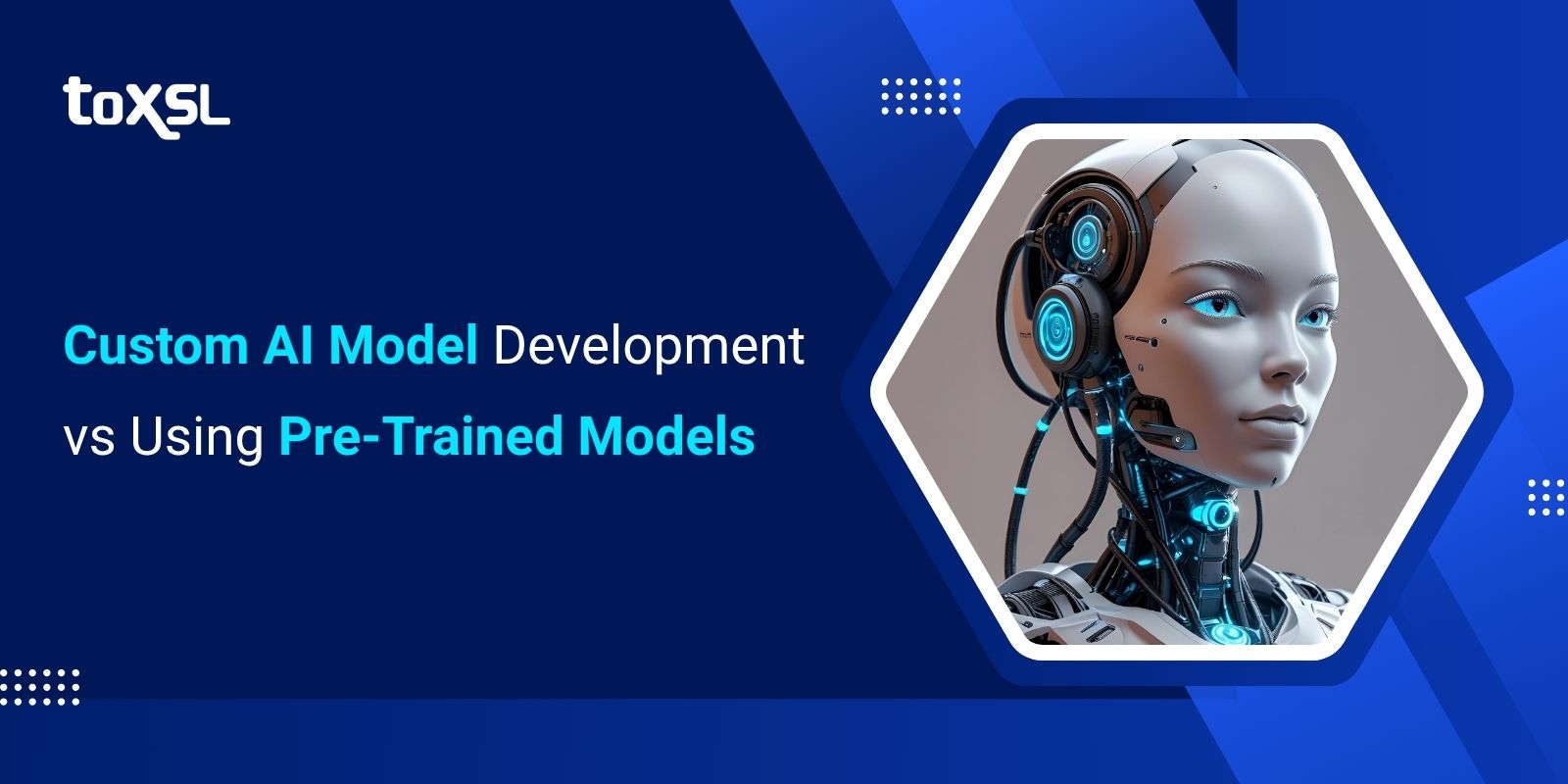
The global AI market size is predicted to reach $826.7 billion by 2030, at a CAGR of 28.46%. One-third of small businesses are already using AI tools for marketing strategy. 65% of C-level executives discussed About 65% of C-level executives talked about using AI at work and expressed that they are not worried about AI doing simple, routine tasks.
Are you looking to invest in AI models? Are you confused about whether you should choose a Custom AI model or pre-trained models to solve your natural language processing? Well, businesses normally get confused about models and find it difficult to choose the right model for their operation. So, let us dive deeper into the blog and learn more about the AI models.
Custom AI Model Development
Custom AI models are machine learning models built from scratch or customized to meet the needs of the business. These models are trained on proprietary data and optimized for the businesses’ needs. Custom AI models are important for:
Highly specialized Industries: Custom AI models are ideal for highly specialized industries, including healthcare, finance, or Cybersecurity. In these industries, there is a high chance of failure of generic models.
Sensitive Data Scenarios: These models fit well in sensitive data scenarios where off-the-shelf models do not offer sufficient security, compliance, or competitive advantage.
Unique Business Processes: Custom AI models help businesses streamline their unique business processes. Other existing models lack the necessary adaptability.
Advantages of Custom AI Models
1. Higher Accuracy and Relevance for Niche Problems
When handling specialized or uncommon tasks—such as diagnosing rare diseases from unique medical imaging sets—custom models can learn subtle patterns that pre-trained models may not capture. This tailored learning often results in superior accuracy and reliability required in mission-critical applications.
2. Data Privacy and Compliance Assurance
Custom models built with proprietary and confidential data offer complete control over how data is accessed, stored, and processed. This control is vital for compliance with strict data governance rules such as GDPR in Europe, HIPAA in healthcare, or financial regulations.
3. Control Over Model Architecture and Updates
Organizations can choose the exact model architecture and optimization techniques, and conduct ongoing updates or retraining when domain knowledge evolves, a feature especially beneficial in dynamic environments such as cybersecurity threat detection.
4. Mitigation of Bias and Ethical Risks
By training on curated datasets and incorporating domain expert feedback, organizations can proactively identify and address biases that might plague generic models trained on public datasets with unknown biases.
Challenges of Developing a Custom AI Model
Custom models offer customized performance, and they come with significant challenges:
High Data Requirements: Large volumes of high-quality and labeled data are required for training, which can be costly and time-consuming.
Computational Costs: Training deep learning models is costly as they require powerful GPUs, cloud resources, and scalable infrastructure.
Specialized Talent: AI development is a tough task and needs skilled AI developers, data scientists, machine learning engineers, and domain experts.
Longer Time to Market: Developing, training, and refining a model is a time-consuming process and takes months or years.
Pre-trained AI Models
Pre-trained AI models are already trained machine learning models on large and publicly available datasets. These models are fine-tuned or are deployed as-is with smaller datasets to align with business requirements. Pre-trained AI models are good for:
Limited Customization: Pre-trained AI models come with limited customization and may not fully align with industry-specific needs.
Bias and Accuracy issues: Since pre-trained AI models are trained on generic datasets. Hence, their predictions might not be accurate for a specific domain.
Licensing and Compliance: Some pre-trained AI models come with usage restrictions. So, they might need careful review of intellectual property and regulatory constraints.
Benefits of Using Pre-Trained Models
1. Rapid Deployment and Reduced Time to Market
By leveraging a model already trained on enormous datasets, organizations can incorporate AI capabilities into their products and services rapidly, often within days or weeks rather than months.
2. Lower Costs and Minimal Infrastructure
Since the heavy computational lifting of training is complete, fine-tuning or direct deployment requires fewer resources, which can be a substantial cost saver, especially for startups and small businesses.
3. Accessibility for Non-Experts
Pre-trained models packaged in easy-to-use APIs and toolkits democratize AI, enabling teams without specialized machine learning expertise to build functional AI-powered applications.
4. Proven and Tested Foundations
Popular pre-trained models like BERT (language), ResNet (image), or GPT contribute state-of-the-art accuracy benchmarks with communities constantly improving, debugging, and validating these models.
Challenges of Pre-trained AI Models
Bias Inheritance: Models inherit biases from training data, causing unfair outputs.
Limited Customization: Pre-trained models need complex fine-tuning for specific tasks.
High Costs and Complexity: Training and using large models require high computing power and expertise.
Comparison of AI Development vs Pre-trained Models
Performance Comparison: When and How Each Excels
Custom Models: Best suited for tasks demanding very high accuracy, specificity, or safety, such as medical diagnosis, autonomous vehicle navigation, or fraud detection in financial services.
Pre-Trained Models: Excel in general-purpose tasks, such as sentiment analysis on social media text, basic image classification, or chatbots addressing common customer inquiries.
Flexibility and Control: Trade-Offs to Consider
Custom Models: Offer maximum flexibility and ownership, enabling custom pipeline integration, architecture modifications, and data governance tailored to policy and compliance.
Pre-Trained Models: Present limited flexibility, constrained by the model’s architecture and training data. Although some customization is possible via fine-tuning, full control is rarely feasible.
Managing Risks and Data Governance
Privacy: Custom models safeguard sensitive information by keeping data internally. Pre-trained models might require sending data off-site, raising compliance concerns.
Explainability: Organizations building from scratch can embed explainability and interpretability features designed to meet stakeholder scrutiny.
Bias Mitigation: Controlled, transparent training pipelines in custom models facilitate more robust bias detection and correction than opaque pre-trained models.
Regulatory Compliance: Custom pipelines allow audit trails, version control, and governance aligned with legal mandates.
Conclusion
In conclusion, there is no one-size-fits-all answer when it comes to choosing between custom AI model development and pre-trained models. The right choice depends on factors including problem complexity, domain specificity, data availability, privacy requirements, and cost constraints. While custom AI models offer accuracy, control, and compliance for mission-critical needs, pre-trained models enable fast, cost-effective access to powerful AI capabilities for numerous scenarios. ToXSL Technologies is a leading Artificial Intelligence solutions provider company, offering the best solutions for businesses worldwide. Contact us to learn more.


